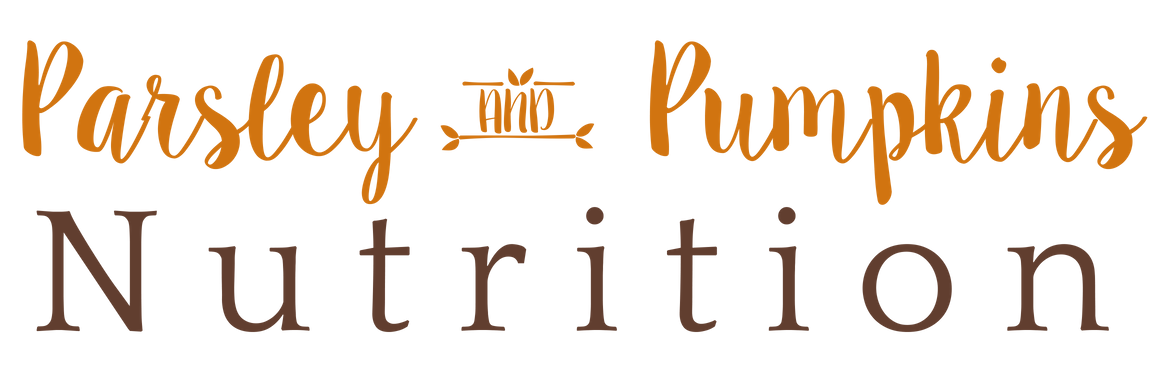Why You have Polycystic Ovaries but not PCOS
If you had an ultrasound that revealed polycystic ovaries, but you don’t have PCOS, you might have been left with more confusion than answers.
Let’s talk about what polycystic ovaries are and why they can occur even when you don’t have Polycystic Ovarian Syndrome (PCOS)
What are Polycystic Ovaries?
The first thing to know is that the cysts are not some crazy, abnormal growth on your ovary.
In fact, every female in her child bearing years should be producing cysts every month. The cysts are actually the fluid filled sac that contains an immature egg.
What’s supposed to happen is that one egg becomes dominant, the others begin to shrink away and the dominant follicle makes it to ovulation. Sometimes you can have more than one dominant follicle, this happens with fraternal twins.
When you have polycystic ovaries, the other follicles don’t shrink away, you don’t have a single dominant follicle, so you have multiple cysts, your ovaries are polycystic. Depending on when you do the ultrasound, you may appear polycystic but still go on to develop a dominant follicle and ovulate normally. An ultrasound is a snapshot in time, your ovaries are constantly changing.
How Common are Polycystic Ovaries?
One study did ultrasounds on normal women who ovulate regularly, and 32% of them had polycystic ovaries on the ultrasound, yet they had no decreased fertility or symptoms of PCOS (1).
Another study looked specifically at the fertility of women with Polycystic ovaries compared to women with PCOS. They found that as long as the women didn’t have symptoms of PCOS, high androgens, chin hair, acne, etc. even if they did have polycystic ovaries, there was no difference in fertility between them and your average fertile Myrtle (2).
Are you more likely to develop Polycystic Ovaries?
There are a couple groups of women more likely to have polycstic ovaries but not PCOS.
Teenagers
Yep. Totally normal for teens to have polycystic ovaries. Your body is learning how to ovulate, how to mature your eggs, your brain is learning how to communicate with your ovaires. You’re getting into your own groove. This can take a while.
It’s super common for teenage girls to have Polycystic ovaries and it 100% does not predict what will happen later on. Always be looking at the big picture. If you menstruate regularly, you have a regular cycle, you don’t have PMS, cramps, acne, mood swings.
If none of that is happening, your body is just adjusting to this new routine. If you do have symptoms, then clean up your diet now and save yourself so much hassle and heartache later.
Birth Control Pill
The second group of women more likely to have polycystic ovaries are women who recently came off the pill for the same reason as teenagers. Your body is getting used to running the show again. Your hormones have been suppressed while you were on the pill and your brain and ovaries need time to build up their communication skills again. Give yourself time, give yourself grace. Eat nutrient dense foods, lots of healthy fats, and take care of yourself.
What causes polycystic ovaries to form?
Polycystic ovaries are a sign that the brain and ovaries aren’t communicating as well as they could.
The message to select a dominant follicle and stop maturing the others isn’t getting to the ovaries, or the ovaries aren’t listening.
Either way, your first course of action always should be diet. Your brain and ovaries both need lots of nutrients. If they’re not getting the nutrients they need, how they can do their jobs properly?
To give yourself extra support, you can try out chastetree berry, also called Vitex. Chaste tree supports the communication between ovaries and the pituitary gland in your brain.
And if you need extra help managing your hormones, your fertility, or getting started with diet changes reach out to me and I can help you.




